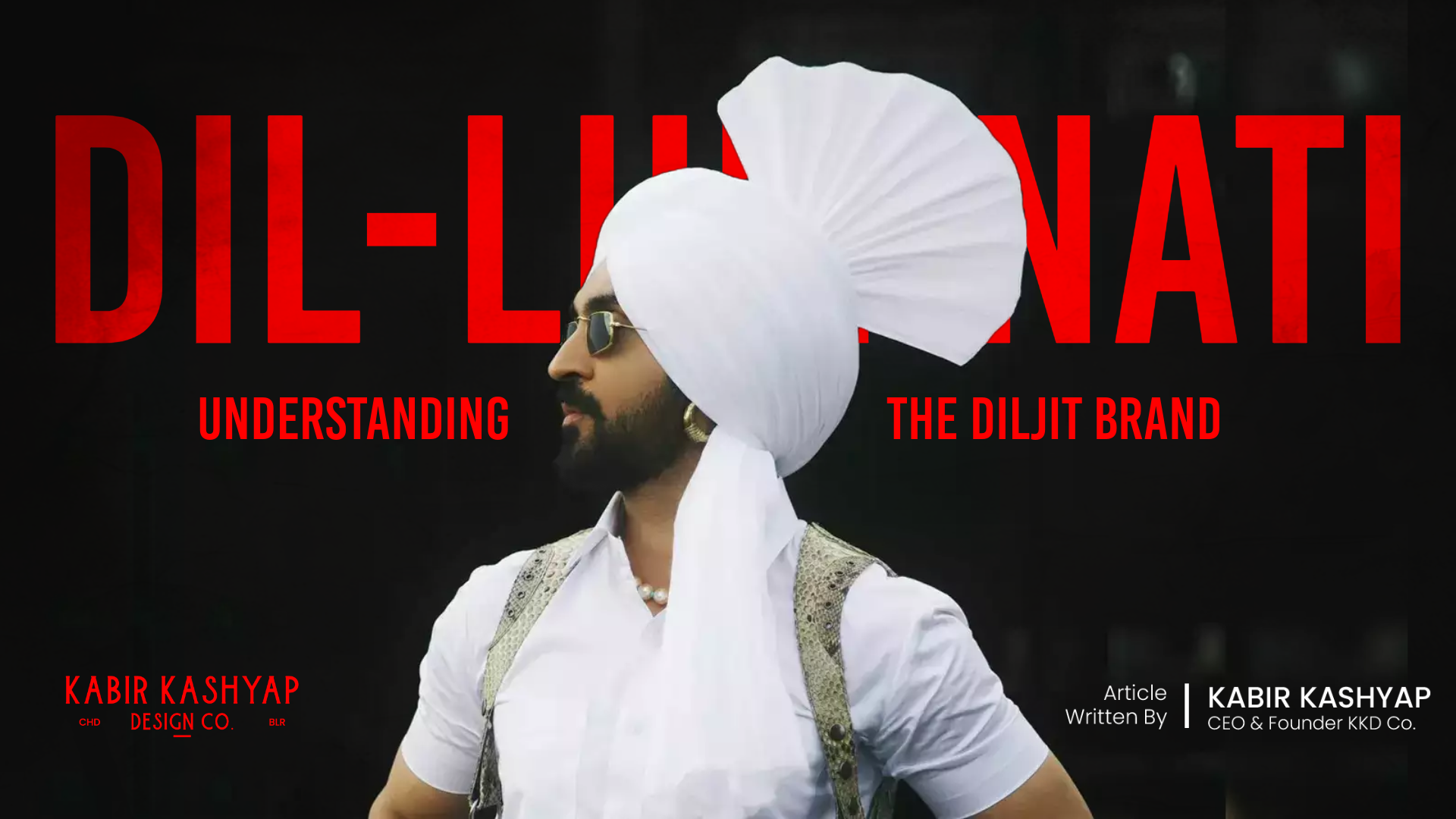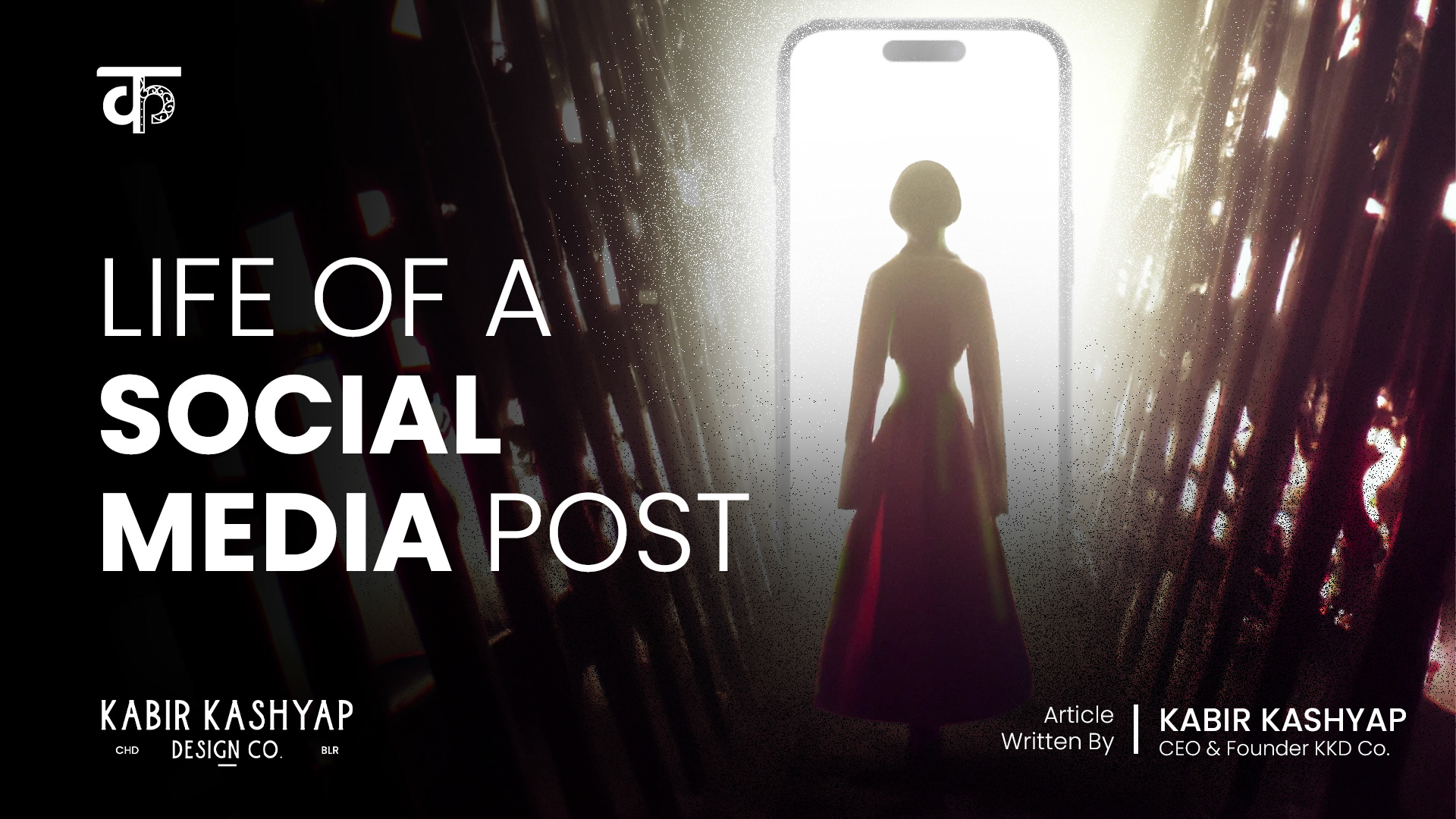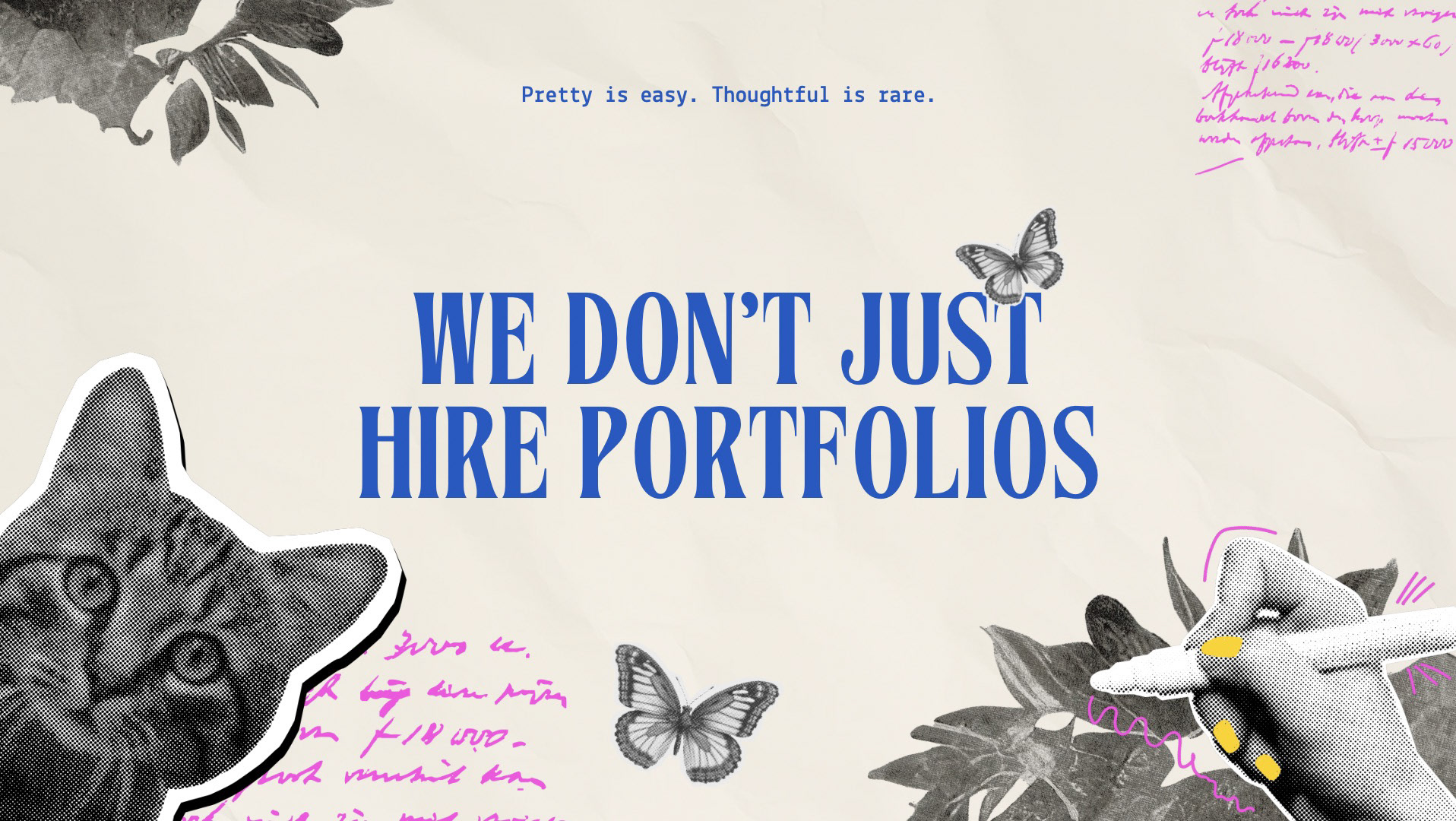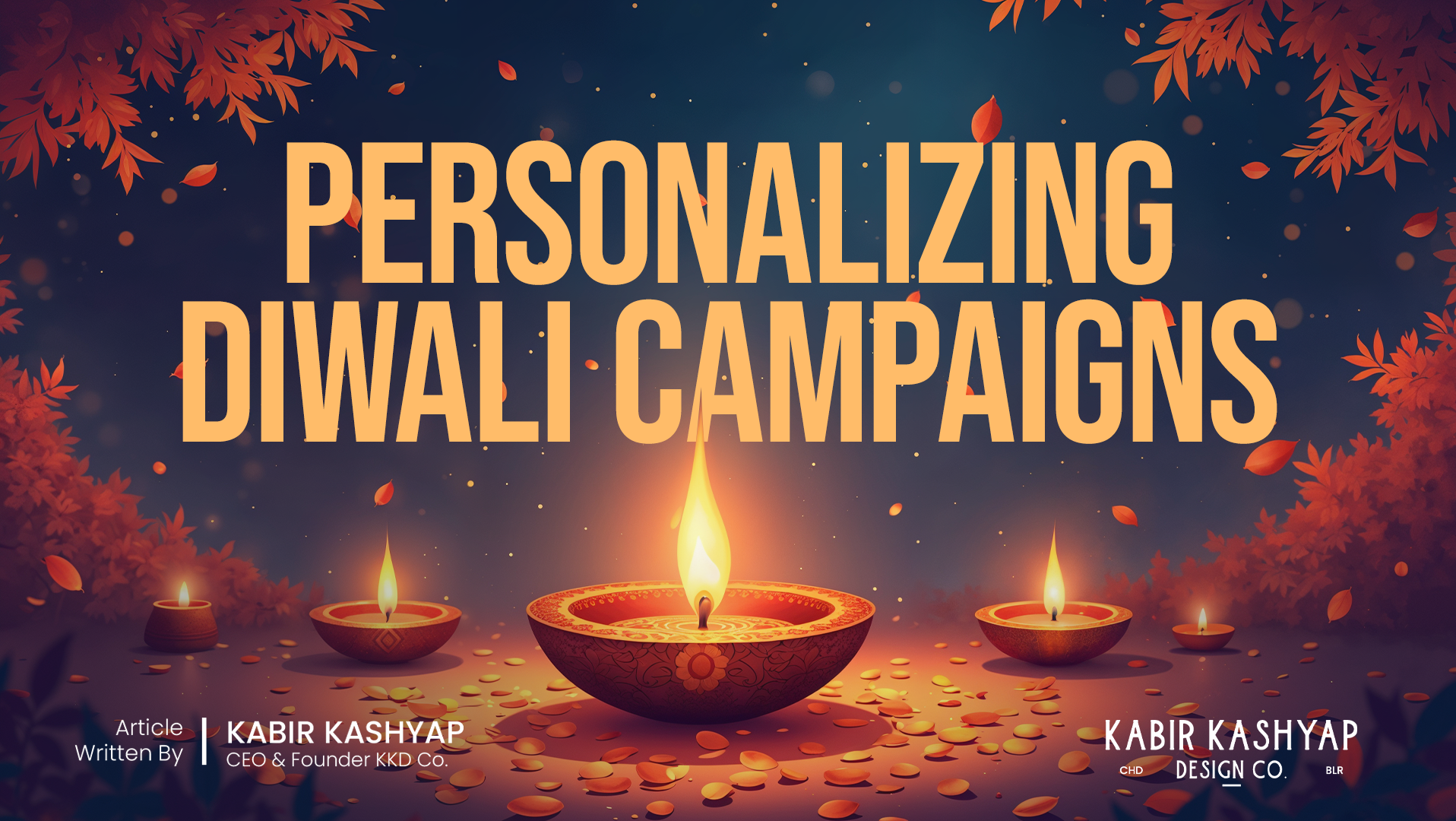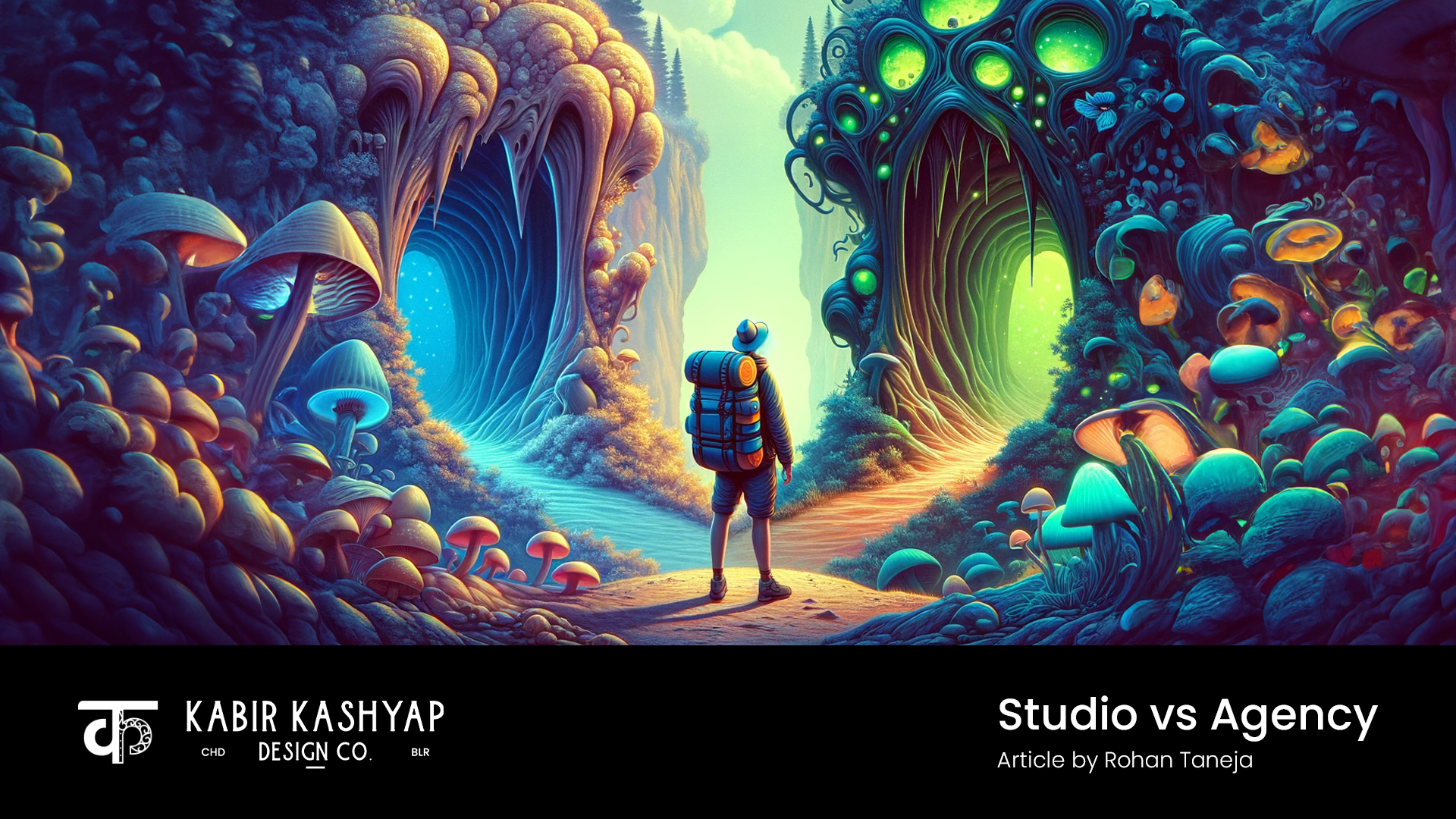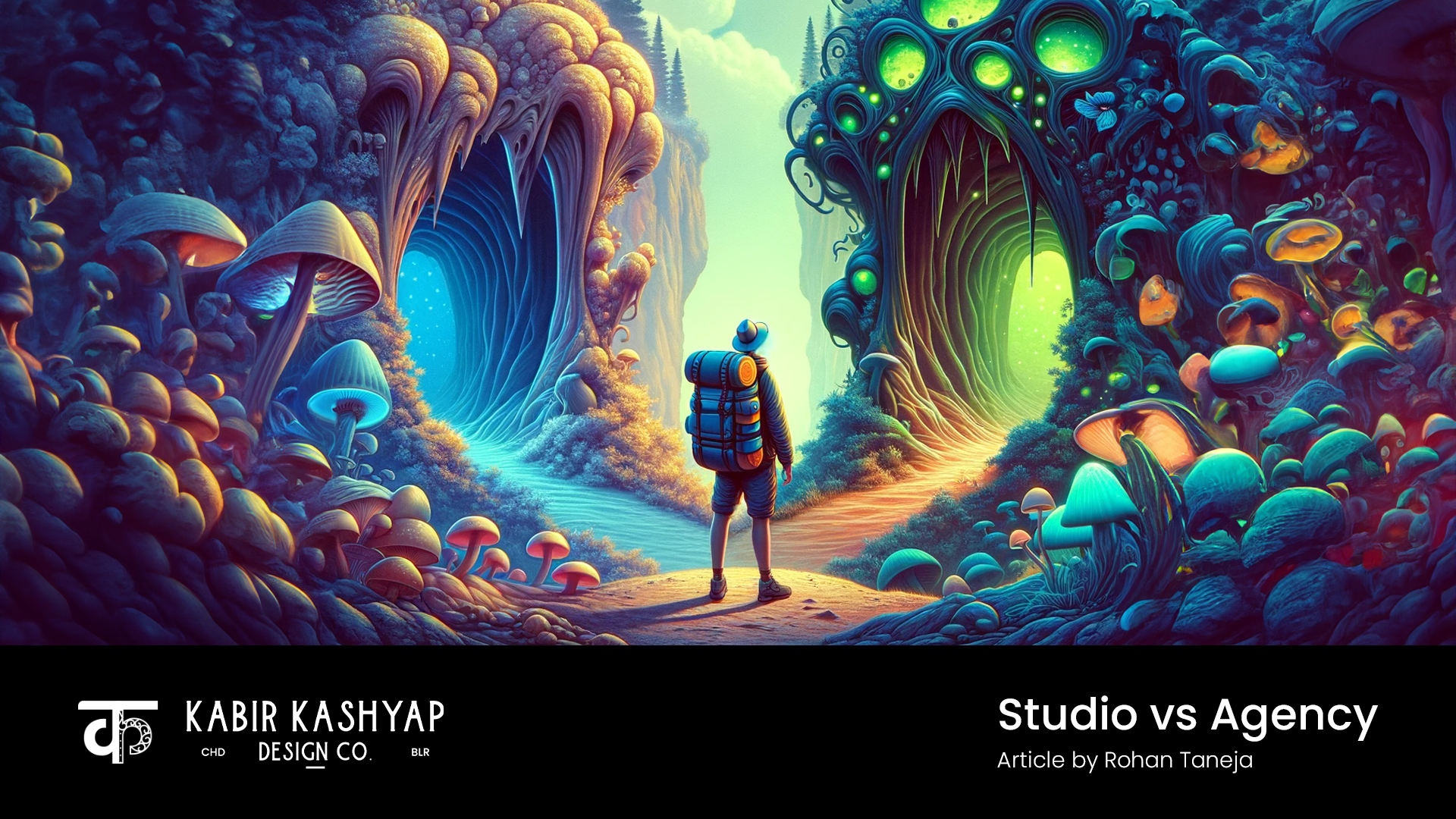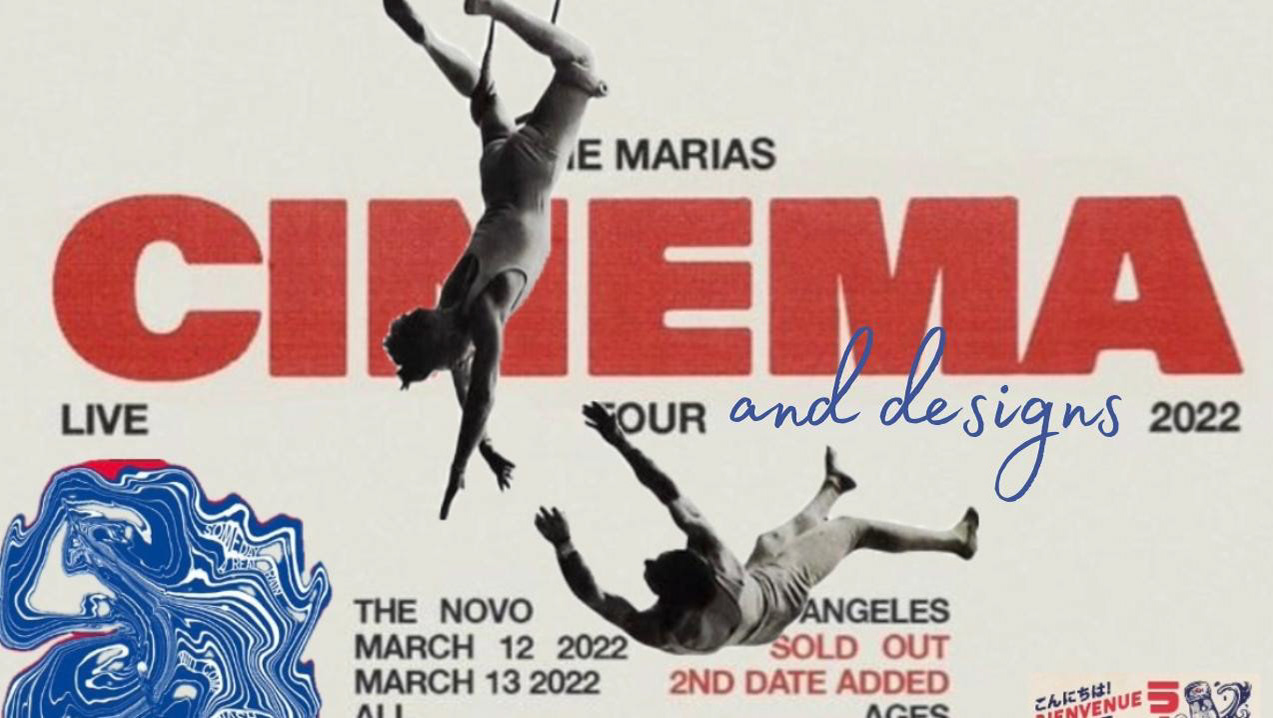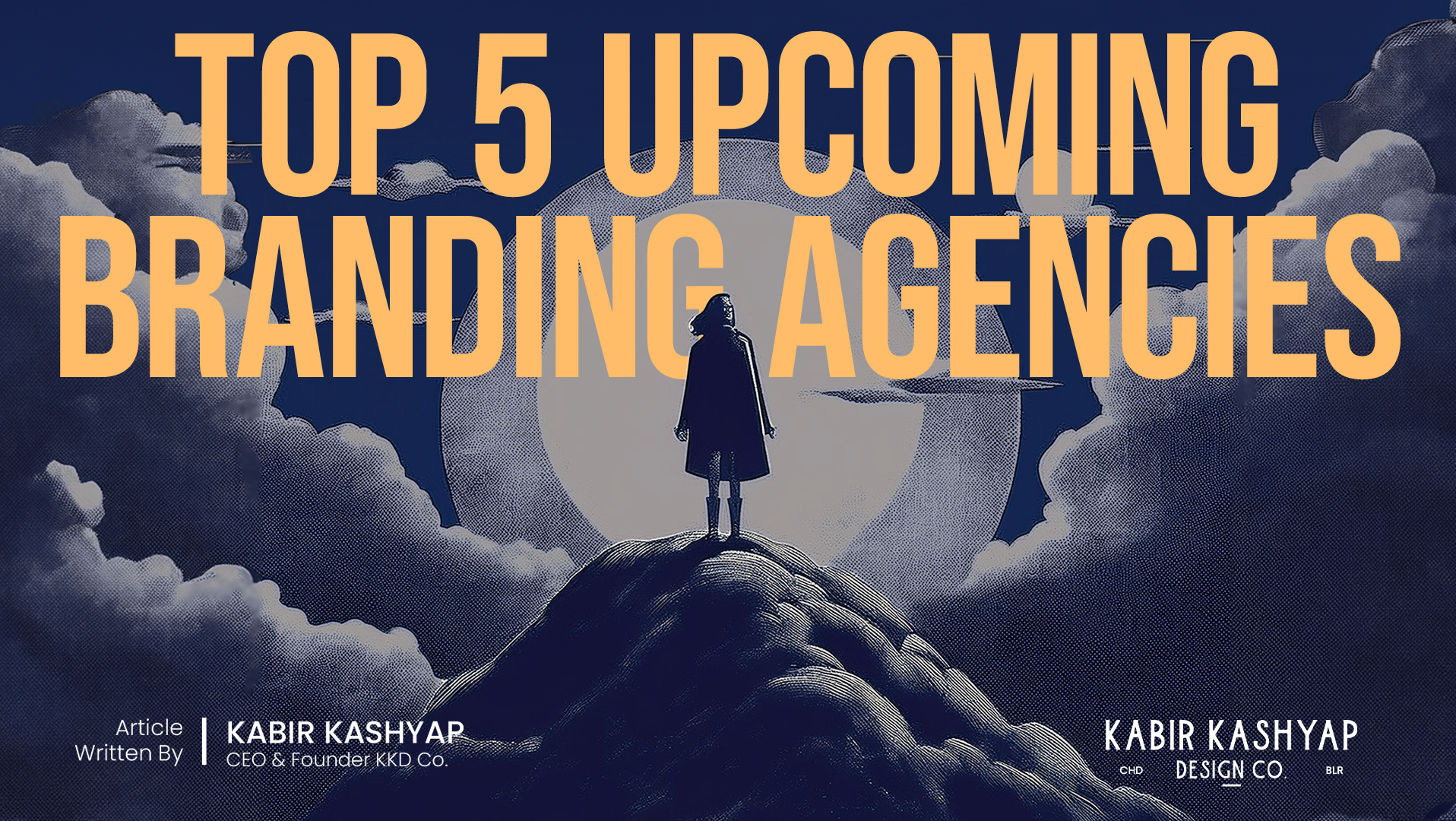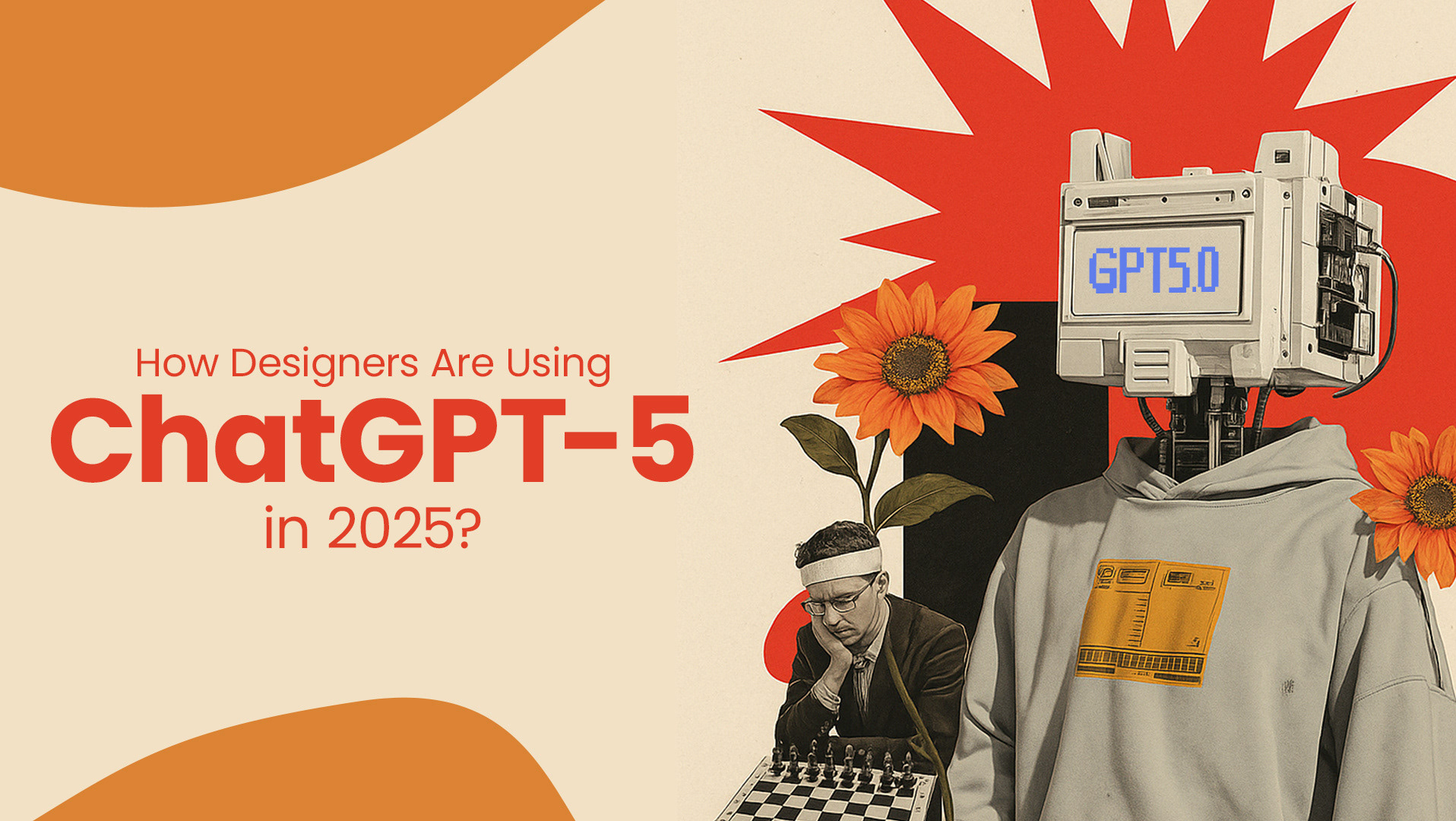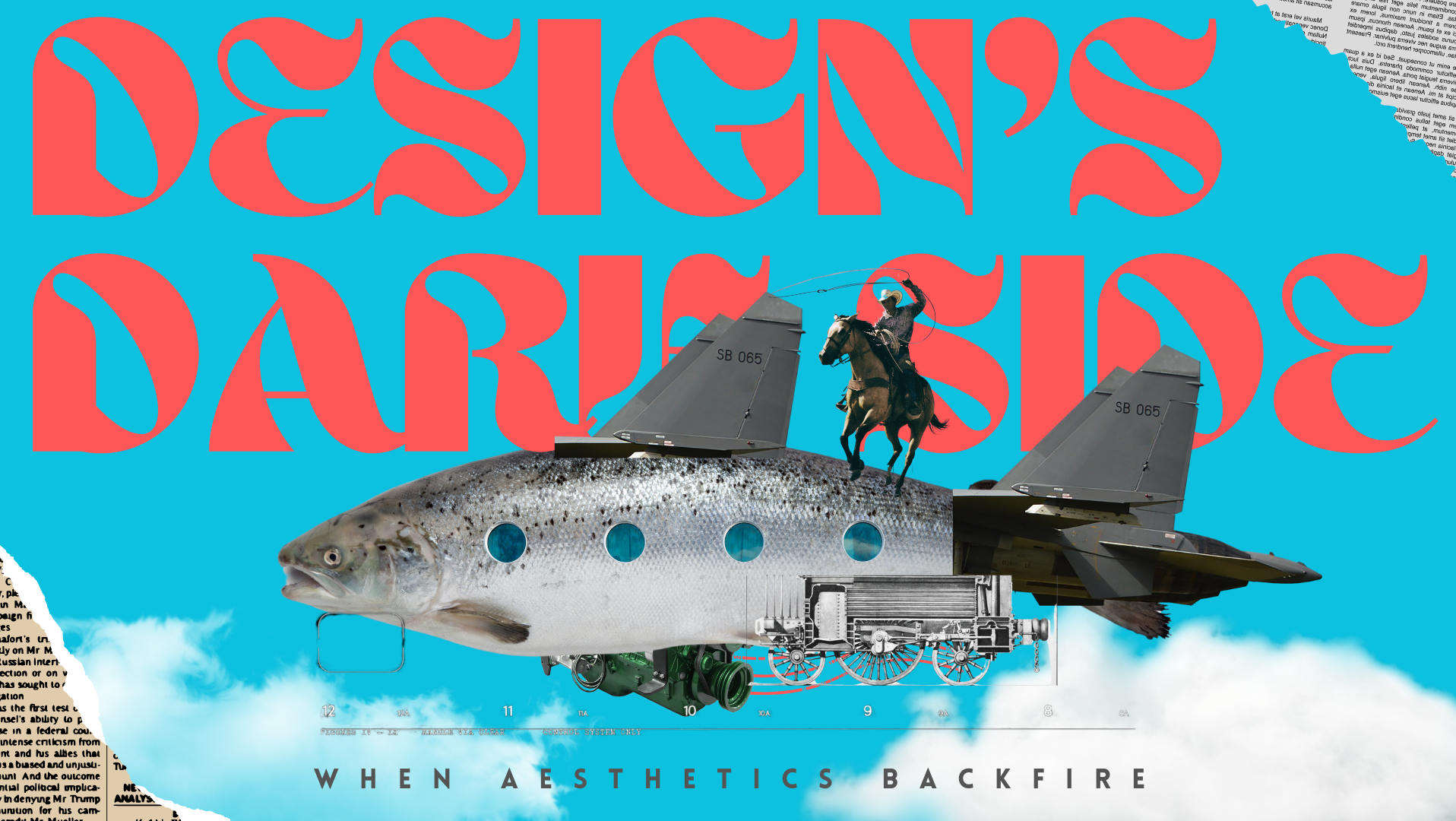Matcha Brands Don’t Want You to Know These Branding Hacks
You thought matcha just happened to blow up on your feed? Think again. Behind every pastel-green swirl and every oddly satisfying whisking video, there’s a genius branding strategy at work—and the brands do not want you cracking the code.
From the TikTok-worthy café shots to the hypnotic ASMR reels, matcha’s takeover wasn’t an accident. It was engineered, designed, and delivered straight to your scroll by some of the smartest branding minds in the game.
This isn’t just about a drink, it’s about selling a mood you can post, share, and show off. We dug into the tactics brands are desperate to keep secret and we’re about to spill everything. Ready for the tea? Keep scrolling.
While coffee shouts about hustle culture and #MondayMotivation, matcha brands whisper a whole different story. They’ve built a world that’s quieter, slower, and all about moving with intention. That’s not by accident. It’s a playbook tailored for Gen Z’s
While coffee shouts about hustle culture and #MondayMotivation, matcha brands whisper a whole different story. They’ve built a world that’s quieter, slower, and all about moving with intention. That’s not by accident. It’s a playbook tailored for Gen Z’s
Why You Suddenly Want Green Things on Your Shelf
Blume, The Matcha Project, Miri Matcha aren’t just top surfers of the matcha wave. Notice the clean lines, the soft color palette, the eco-cool fonts. This isn’t just design; it’s a vibe check, carefully curated to give you a sense of relatability.
Matcha brands understand that Gen Z doesn’t want to look like they shop off a discount aisle. Instead, every detail, every clean line, muted greens, soft beiges, a pop of white space feels like it belongs in an influencer’s “shelfie.”
Combined with chill, lower-case, sans-serif, with a hint of eco-conscious swagger.
Combined with chill, lower-case, sans-serif, with a hint of eco-conscious swagger.
Even the recyclable tins and compostable pouches are part of the flex. Owning matcha isn’t just about drinking healthy; it’s about showing you care.
How ‘Calm’ Became the New Status Symbol
Where coffee marketing is a hype man in your ear shouting about “crushing goals,” “fueling your grind,” and “getting sh*t done” the matcha movement is a quiet revolution. Every story, every reel, every mood board is crafted to sell not just a drink, but a lifestyle of soft mornings, slow routines, and blissfully calming culture.
Scroll through Miri Matcha’s Instagram, is slow-motion pours, quiet corners, hands cradling warm cups, and sunlight painting the walls. Every shot says, “Take it slow. You’ve got time.” It’s visual Xanax, designed to make you want in.
Blume’s feed takes it a step further with visuals like a Pinterest moodboard from soothing colors, gentle fonts, soft-focus shots, and captions that read more like affirmations than advertisements.
Blume’s feed takes it a step further with visuals like a Pinterest moodboard from soothing colors, gentle fonts, soft-focus shots, and captions that read more like affirmations than advertisements.
1. Aesthetic Rituals
The act of making matcha is half the experience. The bamboo whisk, the matcha bowl, the slow pour—every step is its own Instagram moment, custom-built for morning routines and #selfcare posts.
The act of making matcha is half the experience. The bamboo whisk, the matcha bowl, the slow pour—every step is its own Instagram moment, custom-built for morning routines and #selfcare posts.
2. Soft Energy > Hard Productivity
Instead of promising superhuman performance, matcha brands sell “gentle focus,” “sustained calm,” and “mindful starts.” It’s less about doing more, more about feeling better.
Instead of promising superhuman performance, matcha brands sell “gentle focus,” “sustained calm,” and “mindful starts.” It’s less about doing more, more about feeling better.
3. Curated Calm
Everything about these brands—imagery, copy, even their playlist recs—feels intentional, harmonious, and stress-free. It’s not just FOMO, it’s FOMOC: Fear of Missing Out on Calm.
Everything about these brands—imagery, copy, even their playlist recs—feels intentional, harmonious, and stress-free. It’s not just FOMO, it’s FOMOC: Fear of Missing Out on Calm.
Inside Matcha’s Inner Circle
From local matcha-making workshops to curated tasting kits and invite-only café collabs, matcha brands have brewed a tight-knit community that feels more like a fan club than a customer base. On Instagram, you’ll see reels of daily matcha rituals, whisks, scoops, pours, and set to lo-fi beats and shot in soft lighting. Offline? Think matcha pop-ups, mindfulness events, and lifestyle drops that go beyond beverages.
Here’s where the opportunity lies: matcha has become a lifestyle category. There’s room for niche players, be it artisanal whisks, pastel-hued matcha kits, curated gifting bundles, or even “matcha mood” playlists. It’s emotional branding at its finest, with every element from the curved typography to the ceramic cups whispering calm, clarity, and cool-girl wellness
What Your Brand Can Steal From Matcha
◦ Design for the ‘share’ button, not the shelf.
◦ Make your product a ritual, not a commodity.
◦ Build quiet hype with micro-influencers.
◦ Tap into moods, not just demographics.
Want your brand to build that kind of connection too?
Brands like Matchaful, Cha Cha Matcha, and Bree Matcha don’t just design packaging; they design moods. From powdery greens to whispery serif fonts and calming illustrations, every element is part of a story. Much like great movie posters, here’s what graphic designers can learn from them in more detail.
It’s a trend, yes, but one that reveals something deeper; People crave slowness, softness, and stories they can sip.
Want your brand to build that kind of connection too? Explore how we do it at Kabir Kashyap Design Co. where identity meets intention. Before you dive back into Pinterest to build your “matcha mood” board, explore these 7 hidden design resources that can help bring that same soft-but-bold aesthetic to your next project.



